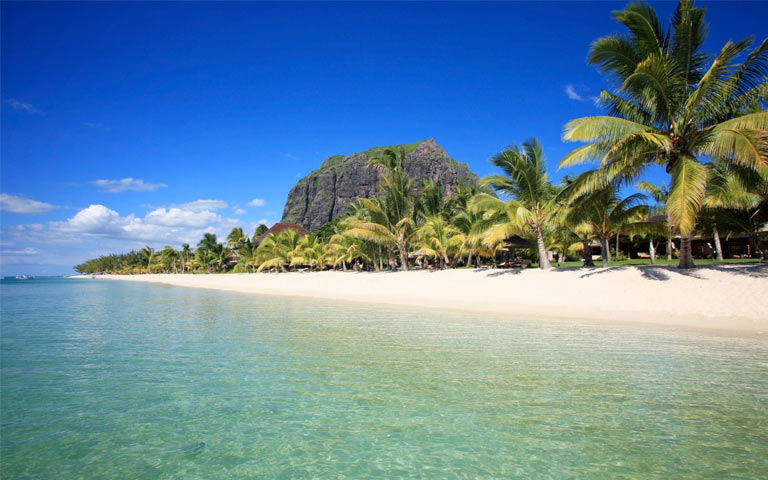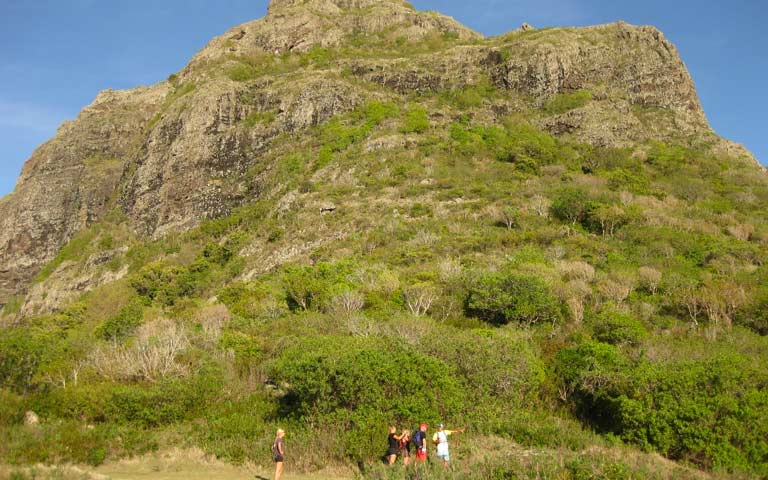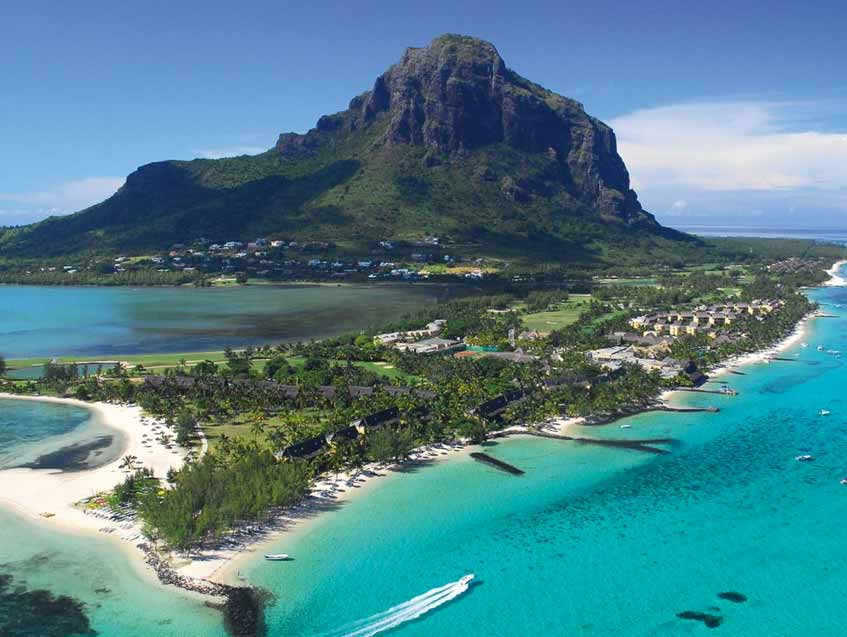Mauritius has quite a few fascinating places of interest to discover. With various museums around the island, historical memorials, hundred-year-old churches, the island has a very rich past. Le Morne Brabant is one of these sites. The iconic mountain is a UNESCO World Heritage Site and a very popular tourist attraction on the island.
UNESCO World Heritage Site
Le Morne Brabant was added to the list of UNESCO World Heritage Site in 2008, when it closed its access to the public. After almost a decade it was reopened in 2016. Since then, the site was visited by thousands of people, both the locals and people from all over the world. Many thought the opening to the public might have a negative impact but the director of the World Heritage Centre thought otherwise. Making Le Morne Brabant accessible to the public only enhances the conservation of the site and increases the awareness of this part of history.


A Hiking Spot
Le Morne Brabant is a great hiking spot if you are up for it. The mountain is only 556 meters high but the 7-kilometer hike might take 3-4 hours. It is best to be accompanied by professional hikers as part of the trail can be complicated if you are not experienced. From the top, you will be able to enjoy breathtaking views over Le Morne Village and the Indian Ocean. Be sure to have your camera handy.


The Historical Significance of Le Morne Brabant
Even if the history of Mauritius is chequered, it is still very fascinating and rich. From slavery to freedom, inequality to tolerance and the hardships – the dark part of Mauritian history is captivating. Le Morne Brabant plays a significant role in the history of Mauritius.
The first slaves were brought to the island from Madagascar in the 17th century by the Dutch East India Company to work the lands of Mauritius. They planted sugarcane and tobacco but also took down ebony trees. In the 18th century, when the slave trade was opened to the French, they brought more slaves to the island from Africa and India. Slavery was abolished during the British rule in 1885.
Before the abolition of slavery, Le Morne Brabant was used as a refuge and shelter by the slaves who escaped in the 18th and early 19th century. These runaway slaves were referred to as the ‘Maroons’. There were quite a few of them who ran away over time. Le Morne was the perfect hiding place with steep cliffs along with a dense forest which provided the ‘Maroons’ with protection from the outside world. They settled on the summit of the mountain which spans over 12 hectares and also in caves along the sides of the mountain.
The Maroons stayed in Le Morne not knowing that slavery has been abolished. In 1885, on the 1st of February, the slaves were freed and indentured labourers were brought from India. The British army started climbing the mountain to give the good news to the Maroons but tragedy struck instead. Due to their distrust of authorities, the now free slaves thought the army were going to recapture them. They chose to jump to their deaths instead of going back to slavery. A joyful event that unfortunately turned to tragedy.
The Abolition of Slavery
Every year, the Commemoration of the Abolition of Slavery is celebrated on the 1st of February at the International Slave Route Monument at the foot of the mountain. Le Morne Brabant stands as a symbol of peace and remembrance of the struggle of the slaves and their freedom during these incredibly hard times.




.svg)


















